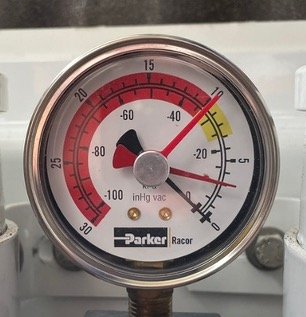All of this discussion of the water block treatment of the Racor filters presumes there will be some water in the fuel.
After 42 years, I had the dubious privilege of seeing the inside of my fuel tank last year at this time. There was no evidence whatsoever that there had been any water in that tank. Ever.
I have had the boat 28 years. The Racor bowls have yielded no evidence of water in the fuel in that time.
Nick, I suspect you buy your fuel in the same places as I do.
I wouldn't worry about the water blocking treatment degrading in your spare Racor.
After 42 years, I had the dubious privilege of seeing the inside of my fuel tank last year at this time. There was no evidence whatsoever that there had been any water in that tank. Ever.
I have had the boat 28 years. The Racor bowls have yielded no evidence of water in the fuel in that time.
Nick, I suspect you buy your fuel in the same places as I do.
I wouldn't worry about the water blocking treatment degrading in your spare Racor.

